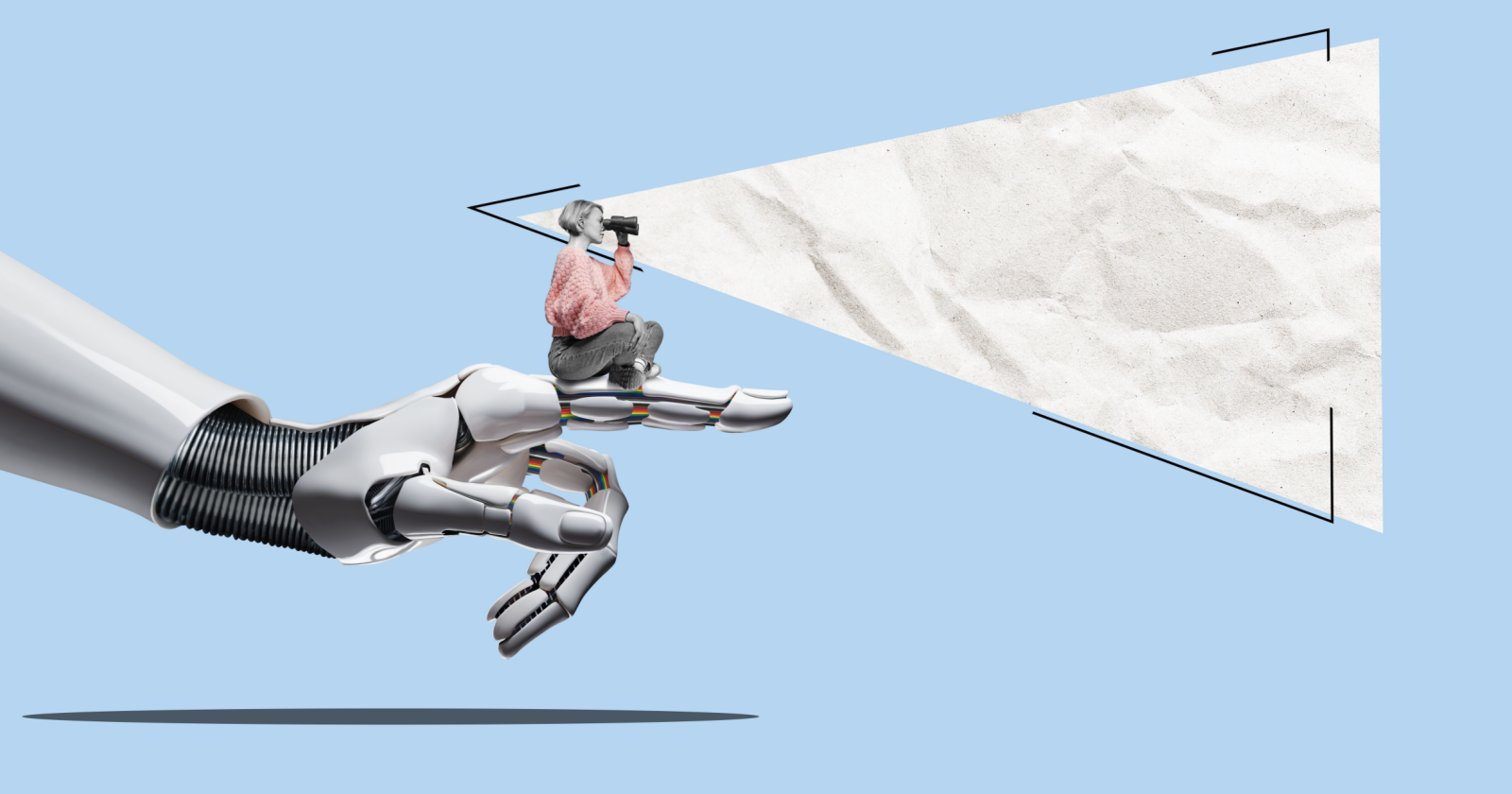THE STORY OF ASTROPHYSICS IN FIVE REVOLUTIONS
Vaudo’s revolutions are familiar to most amateur followers of science. In chronological order, they are Isaac Newton’s formulation of the law of gravity; Albert Einstein’s theories of special and general relativity; Big Bang theory; and antimatter. Each of these discoveries is put in historical context, with some biographical data on the scientists who made the discoveries. The book also gives credit to the other, sometimes less famous, figures who contributed—often significantly—to the discoveries. This is especially true of the Big Bang and antimatter, which emerged from the work of several theorists and researchers. We learn about their professional rivalries, such as Newton’s feuds with Robert Hooke. Readers will also appreciate the author’s serving up a wealth of details related to the scientists or their discoveries—the presence of a chunk of wood from Newton’s apple tree aboard the International Space Station, or the fact that the potassium in a banana may decay and create tiny amounts of antimatter. While it’s nearly impossible to discuss ideas such as the existence of more than three dimensions without a certain amount of math, Vaudo manages to keep the equations from overwhelming the text. A concluding chapter speculates on what the next major breakthrough is likely to be. Vaudo suggests that the questions posed by dark matter and dark energy—which apparently make up far more of the universe than “normal” matter and energy—will provide the material for the next revolution. Until those issues are worked out, the current book provides as good an overview of the state of the science as any reader could wish for.


Vaudo’s revolutions are familiar to most amateur followers of science. In chronological order, they are Isaac Newton’s formulation of the law of gravity; Albert Einstein’s theories of special and general relativity; Big Bang theory; and antimatter. Each of these discoveries is put in historical context, with some biographical data on the scientists who made the discoveries. The book also gives credit to the other, sometimes less famous, figures who contributed—often significantly—to the discoveries. This is especially true of the Big Bang and antimatter, which emerged from the work of several theorists and researchers. We learn about their professional rivalries, such as Newton’s feuds with Robert Hooke. Readers will also appreciate the author’s serving up a wealth of details related to the scientists or their discoveries—the presence of a chunk of wood from Newton’s apple tree aboard the International Space Station, or the fact that the potassium in a banana may decay and create tiny amounts of antimatter. While it’s nearly impossible to discuss ideas such as the existence of more than three dimensions without a certain amount of math, Vaudo manages to keep the equations from overwhelming the text. A concluding chapter speculates on what the next major breakthrough is likely to be. Vaudo suggests that the questions posed by dark matter and dark energy—which apparently make up far more of the universe than “normal” matter and energy—will provide the material for the next revolution. Until those issues are worked out, the current book provides as good an overview of the state of the science as any reader could wish for.














































![The 11 Best Landing Page Builder Software Tools [2025]](https://www.growthmarketingpro.com/wp-content/uploads/2024/04/best-landing-page-software-hero-image-1024x618.png?#)














































![AI Experts Don’t Believe AI Tools Will Lead to Mass Job Losses [Infographic]](https://imgproxy.divecdn.com/gcXE1_Da13Oz-JAszjUwb6v5UqMp2MFMjDAIXPbLad0/g:ce/rs:fit:770:435/Z3M6Ly9kaXZlc2l0ZS1zdG9yYWdlL2RpdmVpbWFnZS9haV9qb2JfbG9zc2VzLnBuZw==.webp)















![How AI Will Impact Advertising, According to Top Marketing Executives [New Data]](https://www.hubspot.com/hubfs/AI%20Advertising.jpg)
![Social Media Marketing Campaigns: What I’d Do to Stand Out on Every Platform [+ New Data]](https://53.fs1.hubspotusercontent-na1.net/hubfs/53/social_media_marketing_campaigns-1.jpg)





















